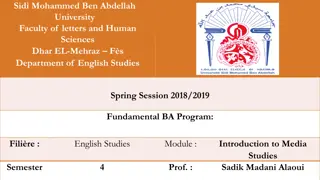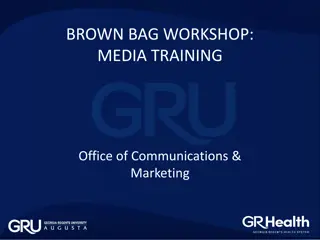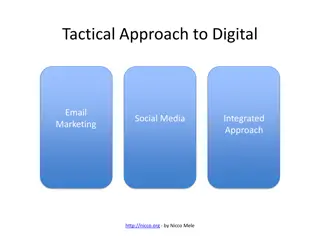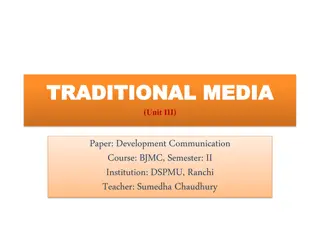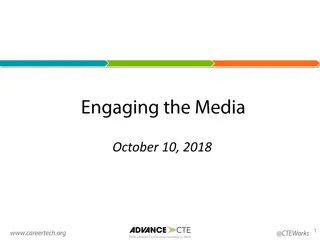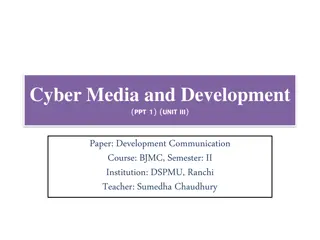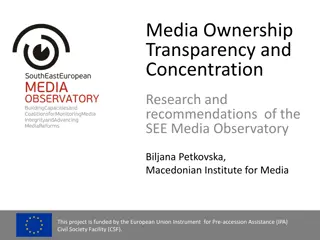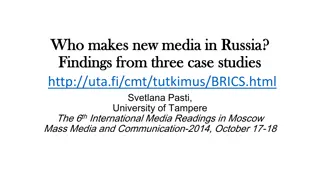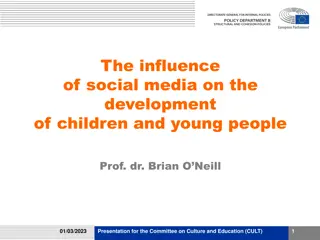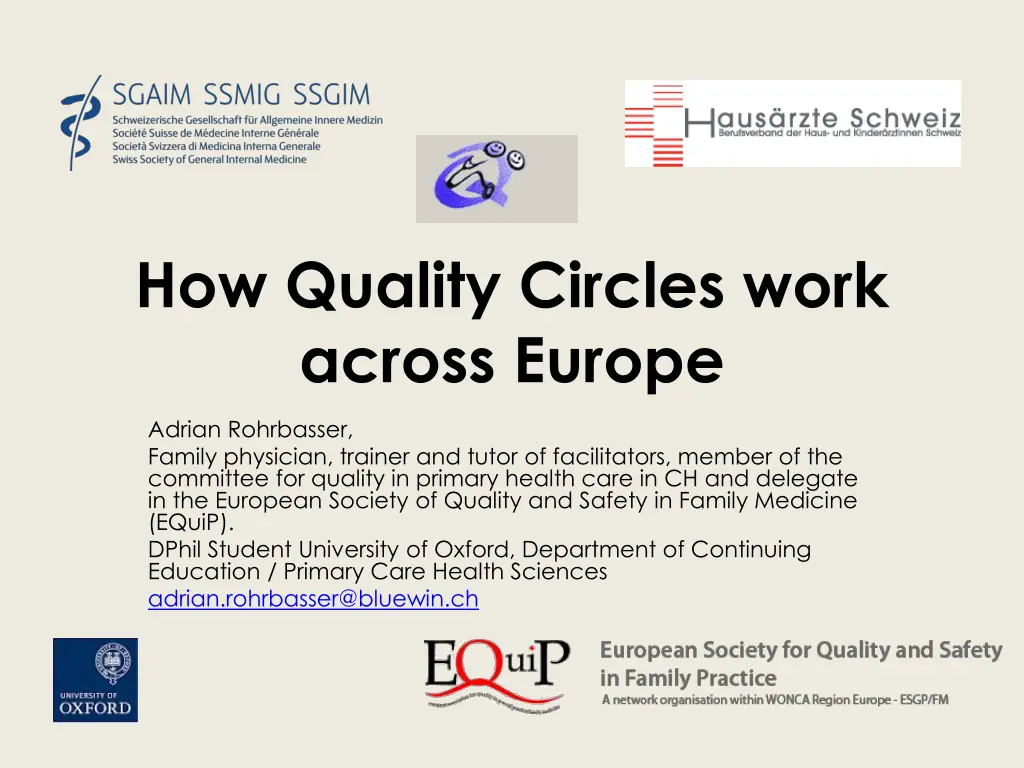
Quality Circles in Primary Care: How They Work Across Europe
Learn how Quality Circles operate in primary healthcare across Europe, focusing on components, processes, and potential benefits, as explained by Adrian Rohrbasser.
Download Presentation

Please find below an Image/Link to download the presentation.
The content on the website is provided AS IS for your information and personal use only. It may not be sold, licensed, or shared on other websites without obtaining consent from the author. If you encounter any issues during the download, it is possible that the publisher has removed the file from their server.
You are allowed to download the files provided on this website for personal or commercial use, subject to the condition that they are used lawfully. All files are the property of their respective owners.
The content on the website is provided AS IS for your information and personal use only. It may not be sold, licensed, or shared on other websites without obtaining consent from the author.
E N D
Presentation Transcript
How Quality Circles work across Europe Adrian Rohrbasser, Family physician, trainer and tutor of facilitators, member of the committee for quality in primary health care in CH and delegate in the European Society of Quality and Safety in Family Medicine (EQuiP). DPhil Student University of Oxford, Department of Continuing Education / Primary Care Health Sciences adrian.rohrbasser@bluewin.ch
Quality Circles (QC) in Primary Care ''Small Groups of Health Care Professionals who meet at regular intervals to increase and disseminate knowledge'
Do QCs work? Components of QCs Facilitation(Dogherty, Harrison et al. 2010, Baskerville, Liddy et al. 2012) Audit and feedback (Ivers, 2012) Use of local opinion leaders(Flodgren, Parmelli et al. 2011) Workshop (O'Brien, Freemantle et al. 2001, Forsetlund, Bjorndal et al. 2009) Outreach visits (O'Brien, Rogers et al. 2007) Printed Educational Material (Giguere, Legare et al. 2012) Guidelines (Thomas, Cullum et al. 2000) ' measured Q'' Change in prescription habits (Welschen, Kuyvenhoven et al. 2004; Niquille, Ruggli et al. 2008, Bugnon, Jotterand et al. 2012; Wensing, Broge et al. 2009) Inappropriate prescribing (Brekke, Rognstad et al. 2008) Change in test ordering (doctors become more specific)(Verstappen, van der Weijden et al. 2003, Verstappen, van der Weijden et al. 2004) ................
Loops WHAT AND HOW: description of the process Loops Shared understanding of a problem Manage conversations: share tacit knowledge Make it explicit and Create new concepts Justify these new concepts Building a prototype: create new knowledge Test the new idea Systematic Use of Knowledge: make it implicit
CIRCUMSTANCES: Enabling context Mutual trust Active empathy Access to help Lenience in judgement Courage
CIRCUMSTANCES: Supporting the group process Size of the group Composition of the group Do not have barriers (PC, tables, .) Safe environment Protected time Umbrella organisation
Other potential benefits Job satisfaction Attractiveness of the job Continuity of staff Professional Development: status of Family Physicians
THANKS ! ? QUESTIONS ?






